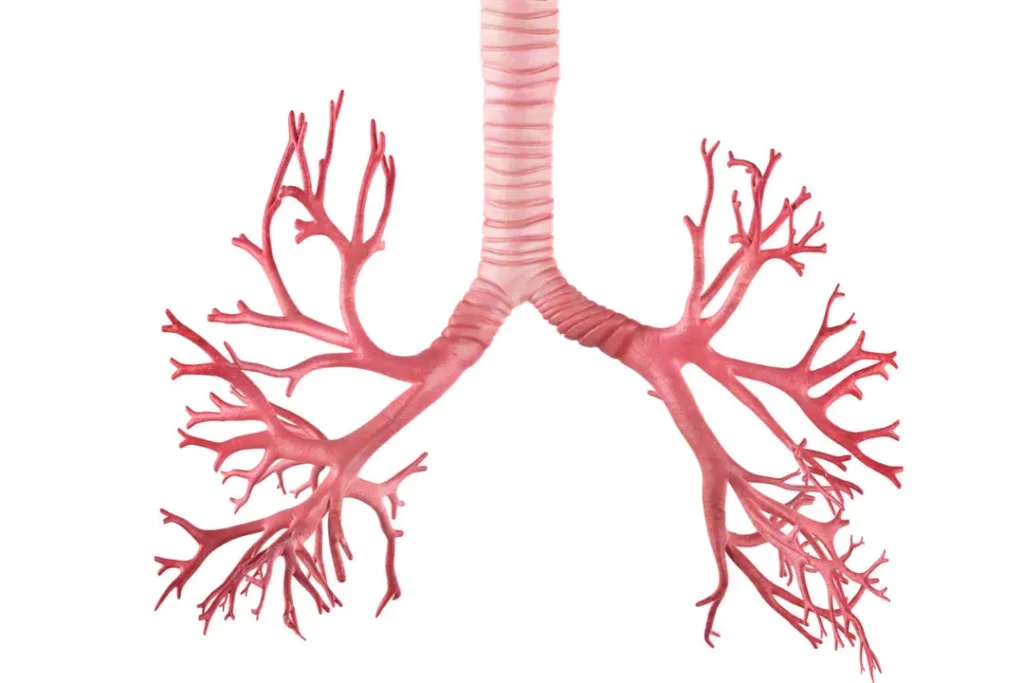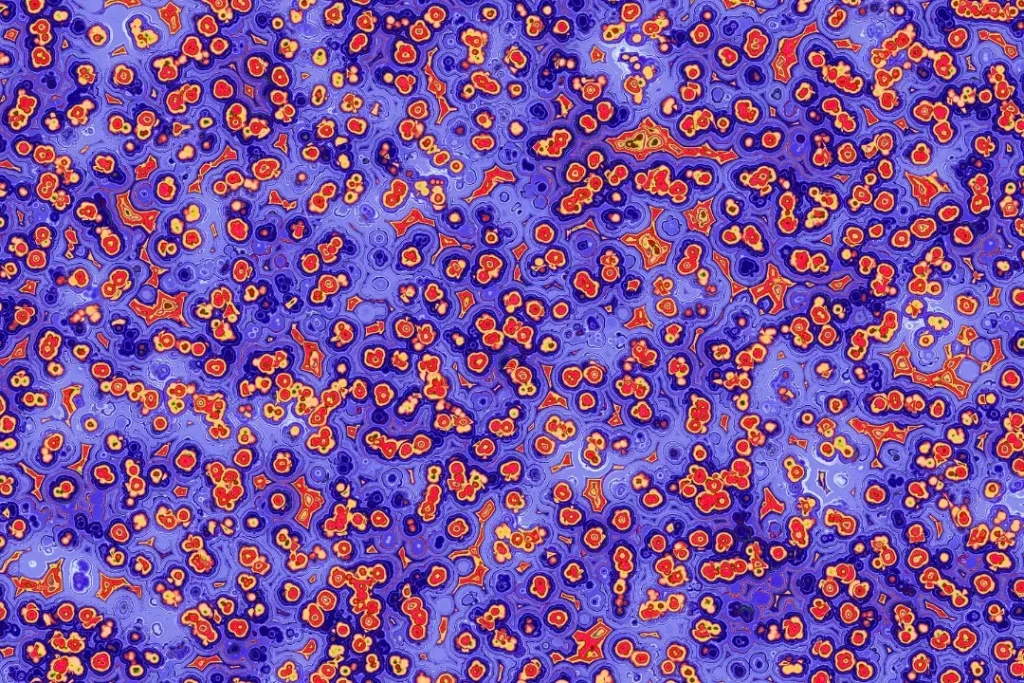Elecampane (Inula helenium), a plant with natural distribution in Europe and Asia, has long been used extensively in herbal traditional medicine. Elecampane is more than simply a pretty shrub, renowned for its strong stem and lovely yellow blossoms. Sesquiterpene lactones and polysaccharides are only two of the many bioactive substances it contains, which are thought to provide a number of health advantages. The nature, possible health advantages, ideal dose, adverse effects, potential interactions, and best practices for safe use of elecampane are all thoroughly explored in this article. Additionally, it explores the intricate chemistry of elecampane as well as the physiological processes underlying its effects on the body and brain.
You May Also Like:
5 Great Nootropic Herbs for Focus and Mental Clarity
A Nootropic Herb for Cognitive Enhancement: Discover Bacopa Monnieri Benefits and Side Effects
Elecampane: Benefits, Dosage, Side Effects, Drug Interactions, and Other Important Information is an original (NootropicsPlanet) article.
The Nature of Elecampane
A perennial member of the Asteraceae family, elecampane is a flowering plant. With broad leaves and vibrant yellow blooms, it can reach heights of up to 2 meters. Eelecampane roots are a plant that is harvested in the fall for medicinal purposes. Several bioactive substances, including polysaccharides like inulin and sesquiterpene lactones like alantolactone, isoalantolactone, and dihydroalantolactone, are present in these roots. Volatile oils, resin, and other compounds are also present in the roots, which further add to its range of possible health advantages.
Health Benefits of Elecampane
Ancient Greeks are said to have utilized elecampane medicinally to cure a variety of illnesses, including digestive and respiratory problems. These conventional usage are now being investigated by contemporary science, which has shown several possible advantages, such as respiratory health and digestive health support and antibacterial benefits.
Elecampane has long been used to treat issues with the respiratory system. It is thought that the plant’s polysaccharides, particularly inulin, have expectorant properties that aid in clearing mucus from the lungs. Elecampane’s inulin content, a dietary fiber known as a prebiotic and a form of dietary fiber, may help to support digestive health. Prebiotics can improve gut health by encouraging the development of good bacteria in the stomach.
It has been demonstrated that the sesquiterpene lactones in elecampane, especially alantolactone, exhibit antibacterial properties.

Chemistry of Elecampane
Elecampane has a rich and diverse chemical makeup, which has contributed to its long history of widespread medical use. Sesquiterpene lactones and polysaccharides are the root of the elecampane plant’s main bioactive substances.
Alantolactone, isoalantolactone, and dihydroalantolactone, among other sesquiterpene lactones, are principally recognized for their possible antibacterial effects. These substances could prevent the development of certain bacteria, fungi, and parasites, which would support elecampane’s antibacterial properties.
Elecampane root also includes a substantial quantity of inulin, a form of dietary fiber, in addition to sesquiterpene lactones. As a prebiotic, inulin can support the development and activity of advantageous gut bacteria, which may result in better gut health.
Physiological Mechanisms of Action
Elecampane’s physiological effects on the human body are mostly a result of its chemical components’ interactions with biological systems. The sesquiterpene lactones in elecampane, especially alantolactone, have demonstrated antibacterial and anti-inflammatory action. These substances are thought to damage certain bacteria’ cell membranes, preventing their development and multiplication.
The polysaccharide inulin, which is present in elecampane, functions as a prebiotic by feeding the good bacteria in the stomach. Inulin may improve digestive health by promoting a balanced gut microbiota.
According to traditional use, elecampane may have expectorant effects. This is presumably because it contains inulin and other polysaccharides. Elecampane may benefit respiratory health by assisting with mucus clearance from the lungs.
These physiological modes of action offer some insight into the possible ways through which elecampane can exert its potential health advantages. To completely comprehend these mechanisms and clarify further possible elecampane health advantages, more thorough study is necessary. Elecampane should be utilized safely under a healthcare professional’s supervision until further conclusive research is available.


Optimal Dosage of Elecampane
There isn’t yet a known ideal dose for elecampane. The dosage guidelines differ depending on the ailment being treated and are mostly based on conventional use. A typical dose for respiratory disorders might be 1-2 grams of dried root, three times per day. Lower dosages are usually advised for gastrointestinal problems. As usual, before beginning any new supplement regimen, especially one with elecampane, it is imperative to speak with a medical practitioner.
Side Effects of Elecampane
When used in moderation, elecampane is often regarded as safe for the majority of individuals. However, adverse reactions might happen, especially with repeated usage. Diarrhea, vomiting, spasms, and even paralysis-like symptoms are possible among them. Elecampane shouldn’t be taken by pregnant women since it might trigger uterine contractions.


Potential Substance Interactions with Elecampane
There isn’t much information available on how elecampane could interact with other drugs. However, it could interfere with pregnancy-related drugs due to its ability to trigger uterine contractions. As usual, speaking with a doctor before beginning any new supplement is advised.
Best Responsible Uses of Elecampane
The most popular ways to ingest elecampane are as a tea or tincture. Elecampane root tea can ease throat discomfort and promote mucus clearance in cases of respiratory ailments. Boiling and eating the root is recommended for digestive health. Elecampane may provide health advantages, but it should still be taken cautiously and with consideration for any possible interactions and negative effects.


Elecampane:
Conclusion
Individuals that are not currently pregnant and that do not have any reoccuring uterine health issues may benefit from occassional use of elecampane. Persistent respiratory illness leads to a buildup of mucus in the lungs, which can make it hard for some individuals to sleep and breathe. Elecampane has the potential to be a powerful natural expectorant, lending relief to those who are unable to take certain over the counter medications. As the medicinal benefits of elecampane continue to be explored, you can feel free to experiment with this plant by consuming elecampane tea before bed. When combined with honey, you may notice relief from a sore throat and tender tonsils.
References:
- Elecampane. University of Michigan Medicine. Retrieved From: https://www.uofmhealth.org/health-library/hn-2081001
- Prebiotics: What they are and what they do. Mayo Clinic. Retrieved From: https://www.mayoclinic.org/prebiotics-probiotics-and-your-health/art-20390058
- A Guide to Common Medicinal Herbs. Health Encyclopedia – University of Rochester Medical Center. Retrieved From: https://www.urmc.rochester.edu/encyclopedia/content.aspx?contenttypeid=1&contentid=1169
Important Note: The information contained in this article is for general informational purposes only, and should not be construed as health or medical advice, nor is it intended to diagnose, prevent, treat, or cure any disease or health condition. Before embarking on any diet, fitness regimen, or program of nutritional supplementation, it is advisable to consult your healthcare professional in order to determine its safety and probable efficacy in terms of your individual state of health.
Regarding Nutritional Supplements Or Other Non-Prescription Health Products: If any nutritional supplements or other non-prescription health products are mentioned in the foregoing article, any claims or statements made about them have not been evaluated by the U.S. Food and Drug Administration, and such nutritional supplements or other health products are not intended to diagnose, treat, cure, or prevent any disease.
